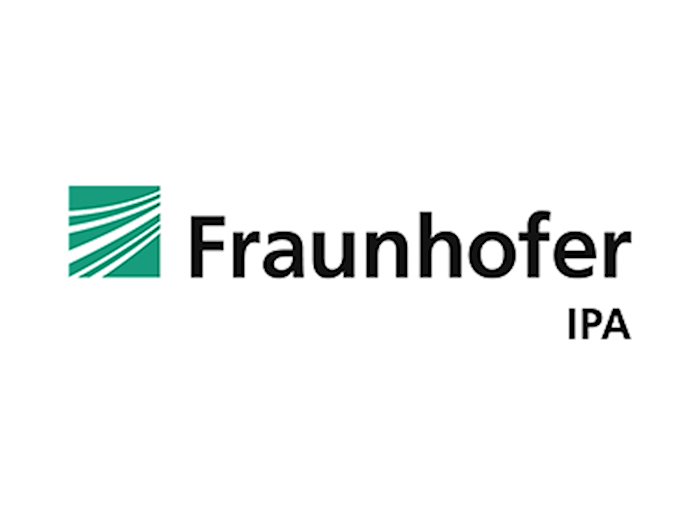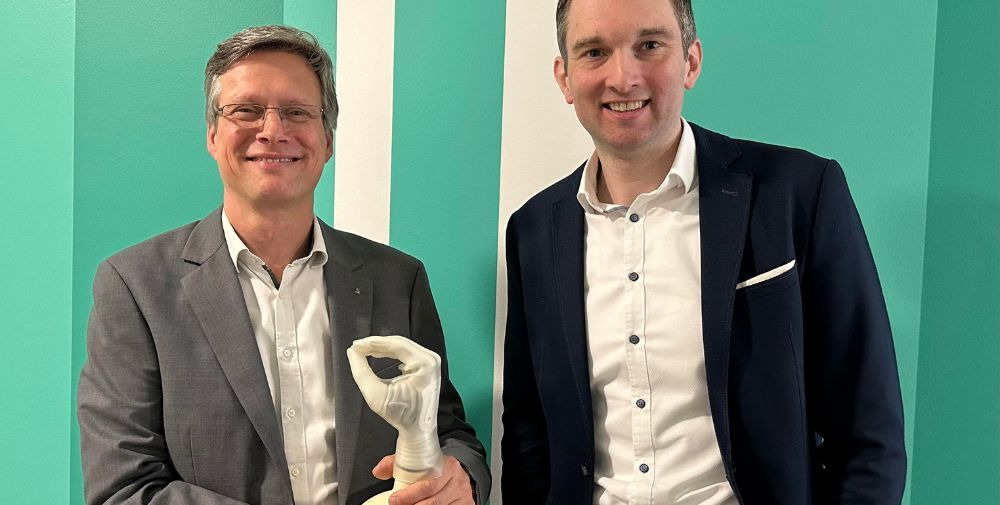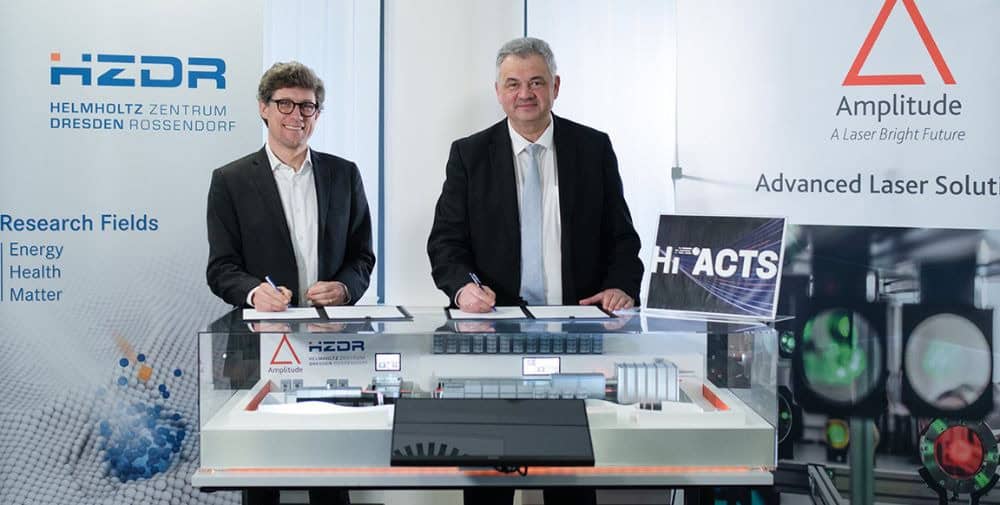
“Magnetic field sensors based on quantum technology play an important role in prosthetics. The sensor enables the fine sensitivities that we need for reading biosignals,” says Urs Schneider, Head of Biomechatronics Research at Fraunhofer IPA. “With Q.ANT, which specializes in quantum technologies for sensor technology and computing, we have found the right partner.”
The competence center is based in Stuttgart-Vaihingen and brings together around 15 experts from research and industry.
“We want to control prosthetic hands, like healthy limbs, using neuronal impulses. Fraunhofer IPA brings proven expertise in this field of biomechatronics to our strategic partnership. This can be used to develop completely new applications in medical technology. We are therefore among the pioneers in this promising field of application for quantum sensor technology and are redefining the human-machine interface,” says Michael Förtsch, CEO of Q.ANT.
Both cooperation partners bring many years of experience to the collaboration: Q.ANT has been developing a magnetic field sensor based on quantum technology for five years. It is characterized in particular by its combination of sensitivity, size and operation at room temperature. Fraunhofer IPA can build on more than 15 years of expertise in biomechatronics and biosignal processing. The scientists at Fraunhofer IPA will characterize biosignals in order to then program corresponding algorithms that convert the sensor data into control commands for the prosthesis. The institute will also carry out the corresponding series of tests with patients, the results of which will be incorporated into the development of the prosthesis prototypes.
About Q.ANT
Q.ANT is a high-tech start-up that is advancing and industrializing photonic quantum technologies, thereby pushing the boundaries to new fields of application and processes. The company is working on technologies for data generation and data processing. To this end, Q.ANT develops quantum sensors and computer chips.
– – – – – –
Further links
👉 www.ipa.fraunhofer.de
Photo: Fraunhofer IPA




